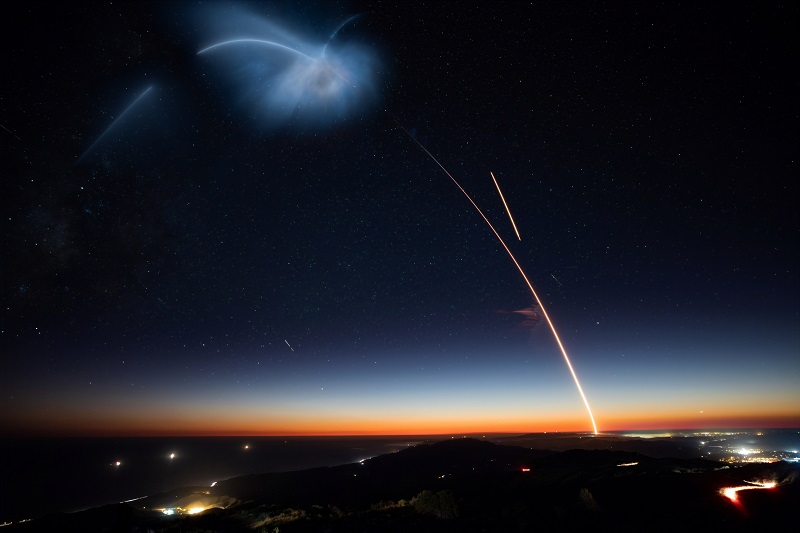On July 11, the U.S. Air Force posted an invitation to the 2019 Space Community of Interest Independent Research and Development Technology Interchange Meeting.
During the week of 18-22 November 2019, the Department of Defense’s (DoD) Space Community of Interest (CoI) is sponsoring the 2019 Space Independent Research and Development (IR&D) Technology Interchange Meeting (TIM) at Kirtland AFB in Albuquerque, NM. The invitation is open to all industry IR&D participants, including large and small businesses, as well as academia.
This engagement has broad goals to increase government awareness, stimulate collaboration and partnering with industry and seek alignment between industry’s IR&D innovation portfolios and DoD’s high-priority science and technology needs and corresponding acquisition sustainment roadmaps. Space Subject Matter Experts (SMEs) from the DoD are expected to participate.
The 2019 Space CoI IR&D TIM will address the following areas of significant interest to DoD:
SATELLITE COMMUNICATIONS
• Integrate communications across the DoD to form the combat cloud
• Layer PNT services onto every communication link
• Develop proliferable laser communication systems
• Develop V/W band radio frequency (RF) communications systems
• Cognitive radio development
• Improve situational awareness
MISSILE DEFENSE, MISSILE WARNING, AND ATTACK ASSESSMENT
• Improve sensors for whole-Earth staring while maintaining/improving
bogey georeferencing & track accuracy
• Improve data fusion algorithms while maintaining/improving computing tractability
and multi-source drop-out resilience
• Improve quantification of and improvements in anti-spoofing and false alarm
rejection
POSITIONING, NAVIGATION, TIMING
• Layer PNT services onto every communication link
• Leverage signals-of-opportunity to provide PNT
• Develop resilient PNT capabilities
• Develop inertial sensors and clocks
• Improve situational awareness
INTELLIGENCE SURVEILLANCE AND RECONNAISSANCE
• Increase persistence
• Improve data compression
• Improve algorithms for collaborative collection/tasking strategies and data
sharing among space, air and ground ISR
SPACE CONTROL AND SITUATIONAL AWARENESS
• Space Domain Awareness (SDA) from very low LEO through cis-lunar
• Low SWaP, proliferatable on-board sensing technologies (objects and spectrum)
• On-board cyber protection elements
• Algorithms for autonomous satellite response
• Multi-object and non-Keplerian tracking algorithms
SPACE ACCESS
• Reduce cost and cycle time and launch-on-demand
• Higher performance on-orbit propulsion
• Enable reusable launch systems
SPACE AND TERRESTRIAL ENVIRONMENT
• Improve specification and forecast of Earth/Sun environment
• Enable real-time weather threat warning
• Improve marine meteorology and monitoring of ocean conditions
C2 AND SATELLITE OPERATIONS
• Increase autonomy to reduce manning
• Space robotic capabilities for servicing/repair
SPACE ENABLERS
• Heterogeneous processing and rad hard electronics
• Deployable structures; carbon-based nanotechnology
• Multi-agent autonomous navigation and guidance
• Rendezvous and proximity operations
• Ultra-high efficiency power systems (arrays, batteries, PMAD)
• High flux electronics cooling; spacecraft thermal control
• On-orbit propulsion; multi-mode propellants
• Standardized and miniature components and interfaces
SPACE RESILIENCE
• On-board adaptive planning
• Local area imaging sensors
• Laser survivability
• Resiliency through space effect reconstitution and augmentation
Full information is available here.
Source: FedBizOpps







